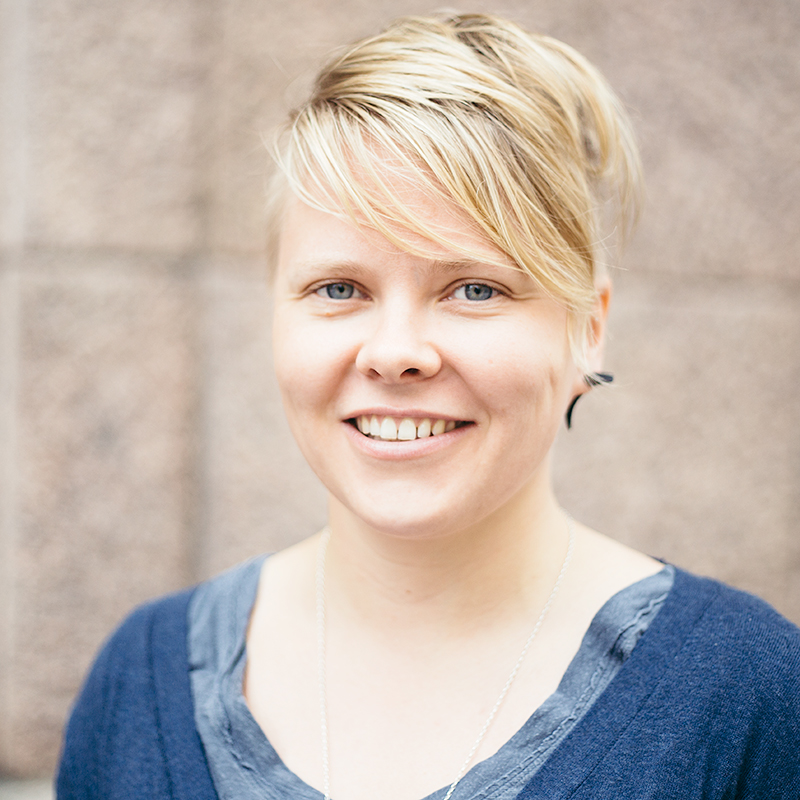
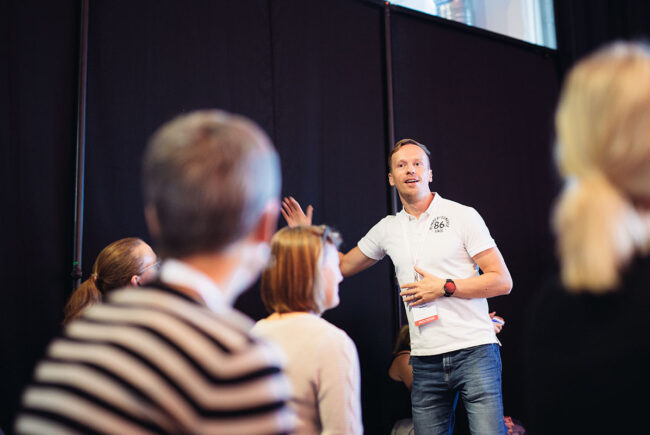
“The more senses used in the learning process, the more active and permanent the learning is”, says teacher Hannu Moilanen. / Photo: Karoliina Knuuti
“The more senses used in the learning process, the more active and permanent the learning is”, says teacher Hannu Moilanen. / Photo: Karoliina Knuuti
Three experts share their visions for how to change learning to meet the needs of the constantly evolving world.
“The teacher is responsible for activity levels in the classroom”
Breaking the patterns of teaching by adding activity to the lessons has holistic benefits, such as strengthening group work assets, creativity, emotional abilities, multi-sensitivity and memory, says Hannu Moilanen, teacher and a lecturer in physics.
LIKES, Research Centre for Physical Activity and Health and its project Finnish Schools on the Move are developing ideas and ways of working to establish a physically-active culture in schools. Moilanen is one of the teachers contributing to the objectives of the program in his work.
– Besides amplifying the learning and memorising processes, activity also helps maintain concentration, reduces stress and improves motivation of the students, he says.
Moilanen and the organisation he represents are developing ideas and ways of working to establish a physically-active culture in schools.
This means decreasing sedentary time, arranging exercise breaks and adding more physical education methods to lessons.
A change in mindset is needed urgently, because future work will be done more and more sitting by the desk.
– Who would teach active standing to the future workers, if not the teachers of today? It is always the teacher who is responsible for whether the group sits or stands in the classroom. The students cannot be asked to break the pattern, he says.
Exercise breaks are for ensuring that students remain attentive and can concentrate better. The breaks can be as short as 2-minute sessions spent doing something physical together, whether it is a simple physical exercise or a game, perhaps assisted by a gaming application.
Laughter that usually follows these exercises relaxes and lifts the energy levels of the group.
– Making physical activity, such as movement or a game, part of teaching increases the aptitude of learning. The more senses used in the learning process, the more active and permanent the learning is. This can be seen especially with the weaker performing students, but has benefits for everyone of any age level, Moilanen says.
The first time exercises are used within teaching or in breaks, the students do tend to act restlessly, but they will and do learn this new operational model of learning.
– Especially so when they are being told the reasons behind it. Soon they themselves will start pointing out opportunities for a short exercise break and demanding more kinesthetic learning methods, says Moilanen.
“How would you design college from an empty slate”
What if you could re-design college from the beginning?
This question was asked by professor Akiba Covitz, Head of Business Development at the Minerva Project, a four-year undergraduate programme headquartered in San Francisco, that is said to be revolutionising higher online education.
– At the Minerva project, we started from the beginning and wanted to change the way we teach, the pedagogy, curriculum and the role of a faculty, says Covitz.
Classes are taught via live, video-based seminars, so students and faculties can attend class anywhere in the world. The classes are small with fewer than 20 students. Accessibility is also emphasised by the tuition cost, which is well below the average in the US.
Through technology the Minerva school students can all see each other’s faces in class, unlike at a normal classroom where people tend to sit in long rows, all facing the same direction towards the teacher.
Instead of just listening to the teacher, at the core of Minerva method is the idea that every student should be active at every class. Every class is broken into specific pieces and the teaching methods within one class are diverse. The technology allows intense group work which the professor can oversee or join in.
He says he has taught at many universities and never had goals for the graduates – until Minerva.
Working life has changed so rapidly that higher education must adapt to it. Colleges have to prepare students for jobs that do not exist yet.
– We want our students to be innovators and wise thinkers who think critically and creatively and communicate effectively. We want to teach practical knowledge that people can actually use to help them achieve their goals.
Instead of students being asked to write long papers or exams that then get graded, they get feedback after each class. Unlike at a normal college, every class is graded and students get to find out immediately how they are doing.
– The only way for students to really learn is to take their idea and concretise it immediately, put it into action. In working life, we don’t sit by ourselves and think great thoughts, but we work with others. This is what we should do in higher education as well, Covitz says.
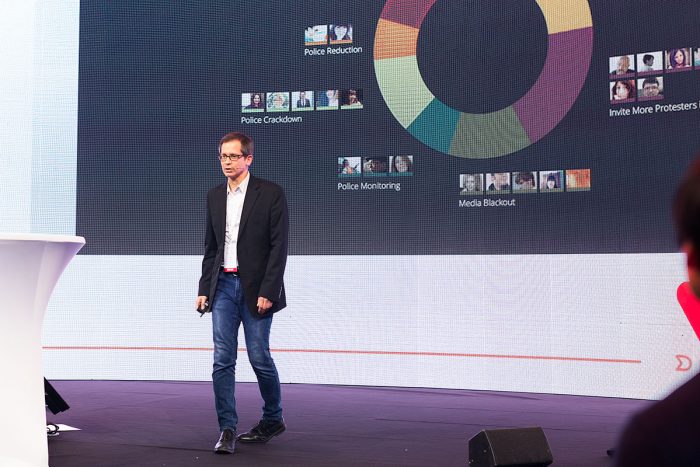
In Minerva project, every class is broken into specific pieces and the teaching methods within one class are diverse. professor Akiba Covitz presented the technology in Helsinki. / Photo: Karoliina Knuuti
“Teachers are also facing a changing work-environment”
In Finland, there is a highly respected school system. and the level of teacher education is the highest in the world. That might be why it has been very difficult to change.
– The school of today was, however, designed by baby boomers and we still have classrooms where students sit in rows, which is a practice dating back centuries. That is one reason changing schools is so difficult, because we need to change the physical environment as well, says Professor Kirsti Lonka,
Lonka is a member of Finnish Teacher Education Forum, which is reforming the teacher education and in-service training of teachers in Finland.
The new curricula for compulsory basic education were implemented in schools last year. Now, the goal of the reform is to reconstruct teacher education in Finland to meet the future demands.
– Education is changing so we are now heavily educating our teachers, those who are still studying and the ones already practising, from all levels from early childhood education to compulsory basic education teachers, says Lonka.
Work life needs a new kind of thinking, one that is creating active citizens, she says. Phenomenon-based learning, social and emotional learning and new forms of teaching such as outdoor activities, gaming and transgenerational learning all need to be implemented in teaching today.
Also, generations develop fast and the practices of young people differ a lot from previous generations.
– The youth of today are multitasking, reading from screens, heavy gamers, constantly online and intensively socio-digitally networked.
The demand in education is away from subject-based instruction, and towards teachers working in multi-professional cooperation, so working life is changing for contemporary teachers as well.
Autonomous teacher is a good thing, but sometimes if you want to implement a national change, autonomy and high self-efficacy may be a disadvantage. Even good teachers can fail due to lack of continuing educating teachers.
– There are teachers who still want to teach certain facts, and want very much just to deliver knowledge. Some teachers are lost with digital engagement and cannot help the students with that, so we still have a lot to do, she concludes.
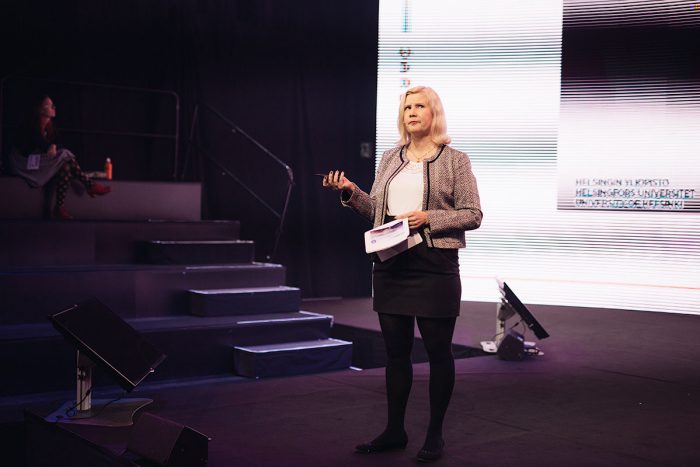
“The school of today was designed by baby boomers and we still have classrooms where students sit in rows, which is a practice dating back centuries”, says Kirsti Lonka. /Photo: Karoliina Knuuti
Dare to Learn is a new lifelong learning expo in Helsinki
Hannu Moilanen, Akiba Covitz and Kirsti Lonka were met in Helsinki, where they presented their ideas at the Dare to Learn event.
Dare to Learn is an international learning expo that took place for the first time on 5- 6 September 2017 at the Cable Factory, in Helsinki. In its own words, the event brings together learning enthusiasts to explore the new world of lifelong learning.
The event was part of the official celebrations of Finland´s 100 years of independence.
The idea for it came from the National Union of University Students in Finland.
– We had a dream about doing something amazing to celebrate Finland´s 100 years of independence. And then we thought ‘why not make it something to do with education?’ – something that could also be an international meeting place, where we could showcase the world-famous Finnish education system and, on the other hand, to learn from others, says Anni Klutas, CEO of Dare to Learn.
The event was sold-out. It attracted over 3,000 visitors from more than 20 countries over two days.
Next year it will be held in Helsinki 18-19 September 2018.
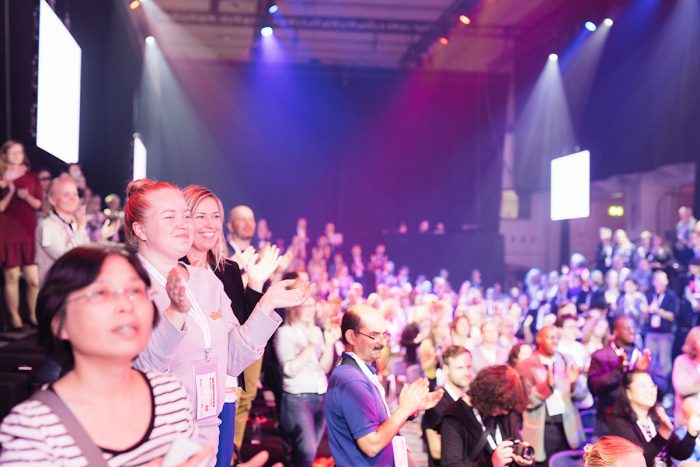
Anni Klutas was interviewed by Finnish freelancer Reeta Vilhu.
Correction 12/9/2017. To clarify the role of Moilanen at LIKES a paragraph was added: “LIKES, Research Centre for Physical Activity and Health and its project Finnish Schools on the Move are developing ideas and ways of working to establish a physically-active culture in schools. Moilanen is one of the teachers contributing to the objectives of the program in his work”.
The earlier version suggested that Moilanen was working with LIKES, which is not correct.
Author
